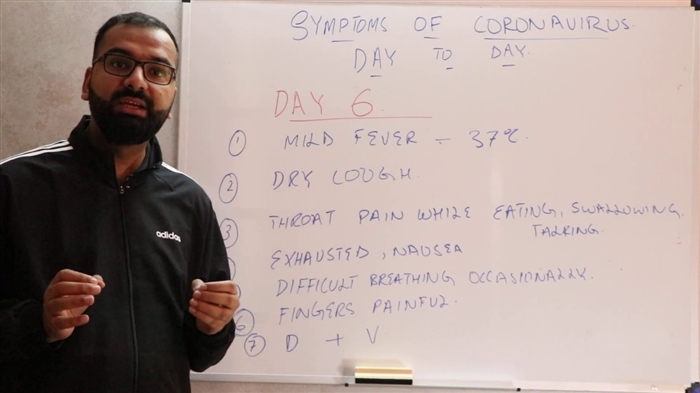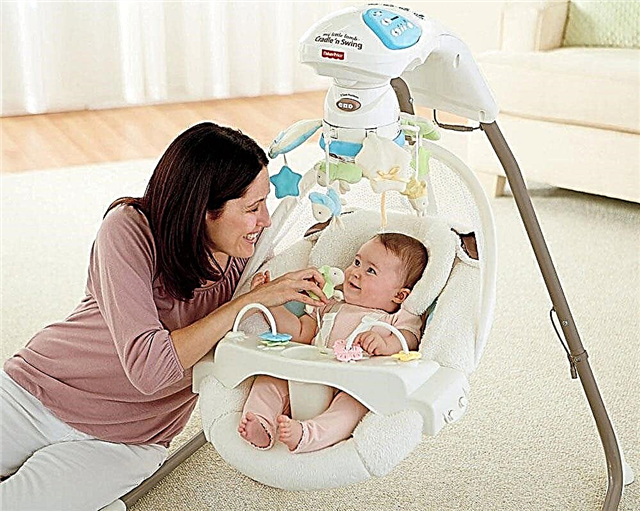
Headache is a phenomenon that affects both adults and children almost equally. But if an adult or an older child can not only complain of cephalgia (pain in the head), but also describe the nature and location of the pain, then the infant is unable to do so. And therefore It is very important for parents to be able to understand that a newborn or baby has a headache.
Symptoms
Headaches in babies in the first months and the first year of life are caused by the same reasons as in people of other ages. It could be arterial or intracranial pressure, pathologies of the nervous system, hearing organs, vision, vascular disorders, muscle clamps, torticollis, hypoxia, tumors.
But most often the headache in children is not associated with pathologies, but is primary. The head may hurt in the crumbs due to the fact that he did not get enough sleep, the room is stuffy, with teething, with poisoning. In any case, the headache is just a symptom, not a disease.
Of course, the baby will not complain to his mother in words and will not show with his finger where it hurts, but he will try with all his behavior to show that he is uncomfortable and unpleasant. Parents only need to correctly decipher these behavioral signals.


First of all, cephalalgia in a baby is manifested by crying. But children can cry for other reasons - from hunger to boredom. therefore it is important to pay attention to the nature of the sobbing. A toddler who experiences pain in the head area crying loudly, crying lingering.
If the baby is already 2–3 months old, he can pull the handles to the head, and older children begin to pull their hair, rub their face, and scratch it with attacks of cephalalgia. In a nursing baby, when painful sensations, behavior changes - sleep may disappear or it will be short (15 minutes or a little more), intermittent. A child with a headache is reluctant to eat, the sucking reflex is weakened. There is another extreme - excessive sleepiness, but this condition, rather, indicates meningitis or more dangerous encephalitis.

Diagnostics
Mom can try to determine the cause of a headache in an infant herself, but it is better to contact a pediatrician. If you suspect a headache at a high temperature, you should suspect a viral or bacterial infection. If intracranial pressure is increased, the fontanelle may bulge slightly and pulsate. In both cases, it is necessary to urgently invite a doctor to the little patient.
If vomiting, diarrhea, the child is lethargic, inactive, does not follow his mother, toys with his eyes, it can be assumed that he has started inflammatory processes in the membranes of the brain or in the medulla. In this case, you should also pay close attention to the shape of the fontanelles.

If you notice that a blood vessel in the eye has burst in the baby, one eye suddenly began to squint, there is asymmetry in the facial features, half of the body "sags", you should urgently call an ambulance - this state can speak about stroke, to which newborns and infants are more likely than children of all other age groups.
In this case it is important that the child receives urgent medical attention in the next three hours, after this period, the changes caused by the vascular catastrophe may be irreversible.
If signs of headache appear after the child has fallen, hit his head, then the baby should be urgently hospitalized in the hospital. Traumatic brain injury is not excluded.

What to do?
First of all, try to determine if the nature of the pain and behavior of the baby changes when the position of the body changes, when feeding. If crying continues for more than 5 hours, lethargy, enlargement and swelling of the fontanelle, nausea, vomiting are additionally observed, no medicine should be given to the child. They can smooth out the true picture and make it difficult to diagnose the real cause.
It is important to call a doctor or an ambulance and get the child to the hospital as soon as possible, where he will undergo a comprehensive examination: neurosonographic, if necessary - MRI, EEG.
Treatment will depend on the diagnosis. He will be appointed by the attending physician.


If there are no pathologies in the child, and the headache attacks continue, the conditions in which the baby lives should be reviewed. The room in which he plays and sleeps should be often and thoroughly ventilated; walks in the fresh air should become an obligatory part of the child's day schedule.
Get enough sleep for age - newborns should sleep up to 21 hours a day, children up to six months - about 11-19 hours, up to a year - at least 16-17 hours. Sometimes headaches are the first symptom of a food allergy, and therefore carefully monitor whether there is a connection between attacks and a recently introduced new product, a new complementary food.
It is important to know that babies in their first year of life are very sensitive to mom's mood swings and can signal psychological and emotional discomfort in a variety of ways, including cephalalgia. Establish a favorable psychological climate at home, watch your own emotions.

To stop an attack of primary headache (not caused by pathologies of the brain, blood vessels, nerves, skull, neck muscles) will help non-steroidal anti-inflammatory drugs, for example, "Ibuprofen" in the age dosage approved by the pediatrician... For children it is categorically impossible to give pills such as analgin, aspirin, citramon.
Even authorized funds are given only in an emergency - not in any way in order to prevent repeated attacks of pain syndrome. Uncontrolled intake of medications can lead to disruption of the baby's gastrointestinal tract, to numerous health problems.
See below for headache symptoms in children.



